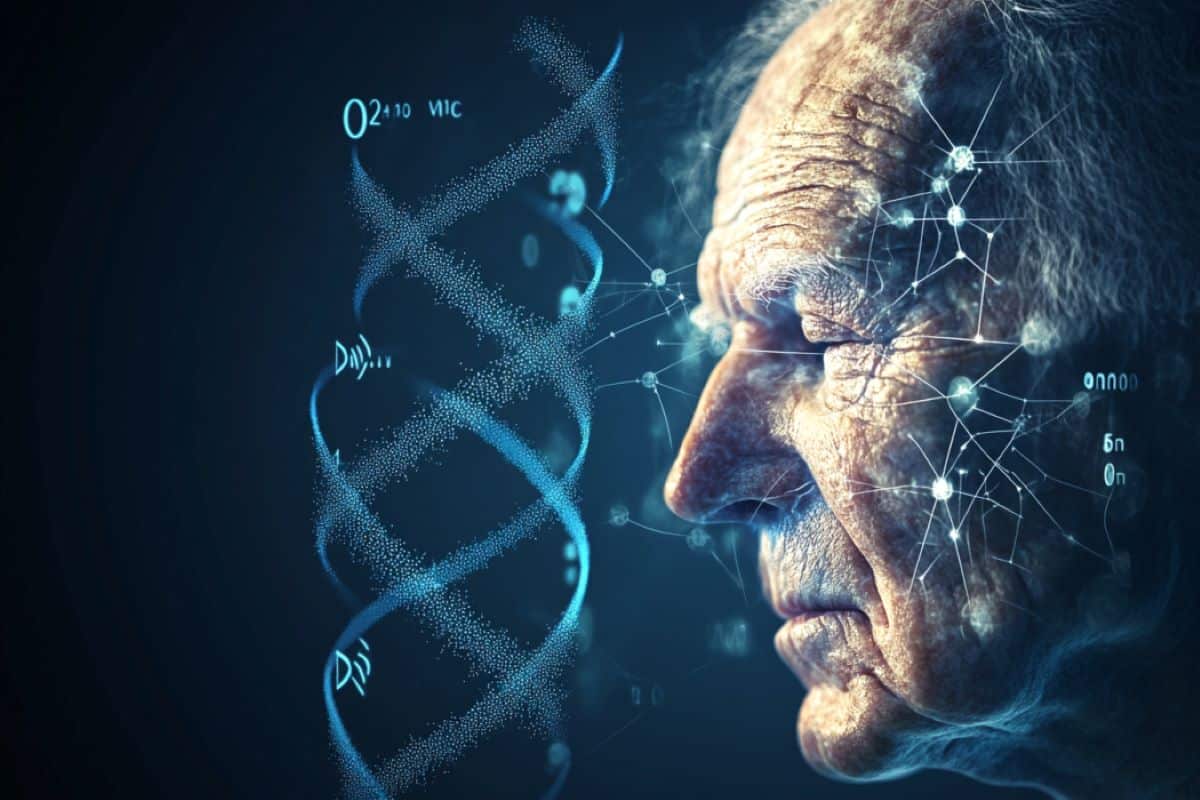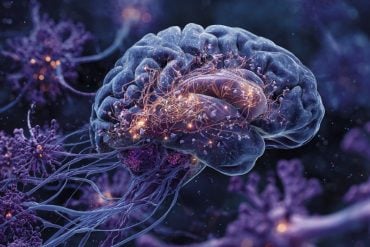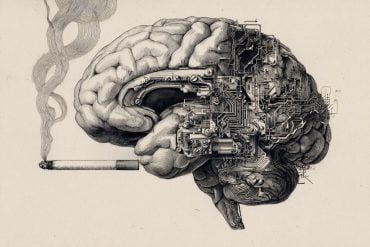Summary: Researchers have developed an epigenetic clock, “Retro-Age,” that predicts biological age by analyzing DNA markers from ancient viral remnants in the human genome. This study highlights how the reactivation of these retroelements, such as HERVs and LINEs, impacts aging, inflammation, and genomic stability.
The findings suggest that monitoring these markers could guide anti-aging therapies and improve health outcomes, particularly in conditions like HIV. The research also opens avenues for exploring treatments that may reverse the biological effects of aging.
Key Facts:
- New Epigenetic Clock: “Retro-Age” predicts biological age using DNA markers from ancient viral elements.
- Impact on Aging: Retroelement activity linked to inflammation and genomic instability in aging.
- Therapeutic Potential: Findings could guide anti-aging treatments and monitor their effectiveness.
Source: Weill Cornell University
Researchers at Weill Cornell Medicine and the epigenetics company TruDiagnostic have uncovered DNA markers associated with retroelements, remnants of ancient viral genetic material, in our genes that act as highly accurate epigenetic clocks predicting chronological age.
The results support the idea that certain retroelements in the human genome may be involved in aging.

Retroelements have been known to impact gene regulation, gene expression, genomic stability and the trajectory of various human diseases, but their potential as biomarkers for aging had been largely unexplored.
The study, published Aug. 2 in Aging Cell, concluded that these retroelement clocks embedded in the human genome capture unique signals of aging not previously recognized by other clocks that measure chronological age. Most aging clocks estimate a person’s biological age based on patterns of epigenetic markers—chemical tags called methyl groups that are attached to DNA and affect how genes are expressed.
The pattern of methylation on retroelements seems to change as people age causing some genes to be more active which may lead to genomic instability, inflammation and age-related diseases.
Aging is a complex process influenced by genetic, environmental and epigenetic factors, with researchers pursuing reliable markers that can predict biological age—a snapshot of a person’s age at the biochemical level which impacts health and overall well-being. On the other hand, chronological age represents the number of years a person has lived. Depending on the individual, the two may not correlate.
Building an Aging Clock Based on Retroelements
Researchers used a machine learning model from TruDiagnostic to analyze epigenetic data from 12,670 individuals with ages ranging from 12 to 100. Using the resulting DNA methylation patterns of retroelements, specifically human endogenous retrovirus (HERV) and long interspersed nuclear element (LINEs), they developed a composite retroelement-Age clock called “Retro-Age.”
“Now, with Retro-Age, we have greater insight and a fresh perspective into the aging process and a potentially powerful tool to predict biological age,” said first author Dr. Lishomwa Ndhlovu, the Herbert J. and Ann L. Siegel Distinguished Professor of Medicine and professor of immunology in medicine in the Division of Infectious Diseases at Weill Cornell Medicine.
The researchers found that the Retro-Age clock remained accurate when testing various human tissues, complemented existing epigenetic clocks and even extended to other mammalian species. Their findings point to the possibility that retroelement activity might be a fundamental aspect of aging across different species.
Turning Back the Clock—Impact of Environmental Factors
The researchers also found that the DNA methylation patterns they observed were not only predictive of age but also responsive to outside factors like antiretroviral therapy taken by people living with HIV. HIV infection accelerates epigenetic aging, while antiretroviral therapy appears to reverse the clock to some degree.
This suggests that retroelement activity is influenced by both the infection and its treatment, affecting the biological aging process in people living with HIV.
“The reactivation of specific retroelements increases with age, potentially leading to biological hallmarks of aging such as inflammation, cellular senescence and genomic instability,” said corresponding author Dr. Michael Corley, assistant professor of immunology in medicine in the Division of Infectious Diseases at Weill Cornell Medicine.
“Our findings indicate that retroelement clocks capture previously undetected facets of biological aging and may open the door to future treatments for these and other age-related conditions.”
Monitoring the activity of retroelements could help track the effectiveness of anti-aging therapies, health outcomes in aging populations and the impact of lifestyle changes on biological aging, said the researchers.
Drs. Ndhlovu and Corley plan to explore new treatments or therapeutic interventions for age-related diseases by targeting the epigenetic states of specific retroelements in the human genome. This approach, they noted, may eventually reverse or mitigate the biological effects of aging, improving an individual’s health span and lifespan.
Funding: The research reported in this story was funded by the National Institutes of Health, with grant awards R01AG082056, R01HL160392, R01MH134391, and UM1AI164559(ACEL14288).
About this genetics and aging research news
Author: Corinne Esposito
Source: Weill Cornell University
Contact: Corinne Esposito – Weill Cornell University
Image: The image is credited to Neuroscience News
Original Research: Open access.
“Retro-age: A unique epigenetic biomarker of aging captured by DNA methylation states of retroelements” by Lishomwa Ndhlovu et al. Aging Cell
Abstract
Retro-age: A unique epigenetic biomarker of aging captured by DNA methylation states of retroelements
Reactivation of retroelements in the human genome has been linked to aging. However, whether the epigenetic state of specific retroelements can predict chronological age remains unknown.
We provide evidence that locus-specific retroelement DNA methylation can be used to create retroelement-based epigenetic clocks that accurately measure chronological age in the immune system, across human tissues, and pan-mammalian species.
We also developed a highly accurate retroelement epigenetic clock compatible with EPICv.2.0 data that was constructed from CpGs that did not overlap with existing first- and second-generation epigenetic clocks, suggesting a unique signal for epigenetic clocks not previously captured.
We found retroelement-based epigenetic clocks were reversed during transient epigenetic reprogramming, accelerated in people living with HIV-1, and responsive to antiretroviral therapy.
Our findings highlight the utility of retroelement-based biomarkers of aging and support a renewed emphasis on the role of retroelements in geroscience.






